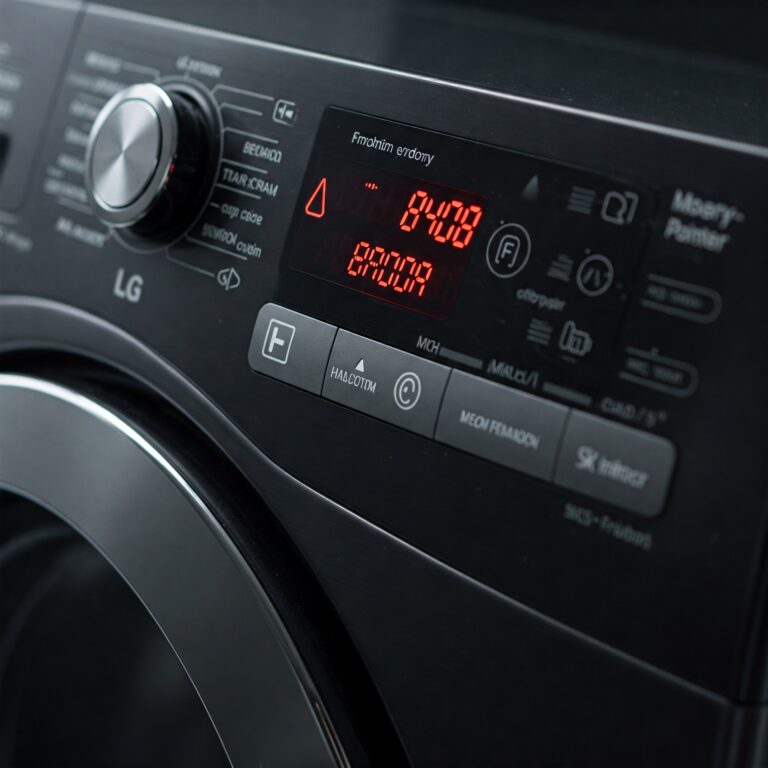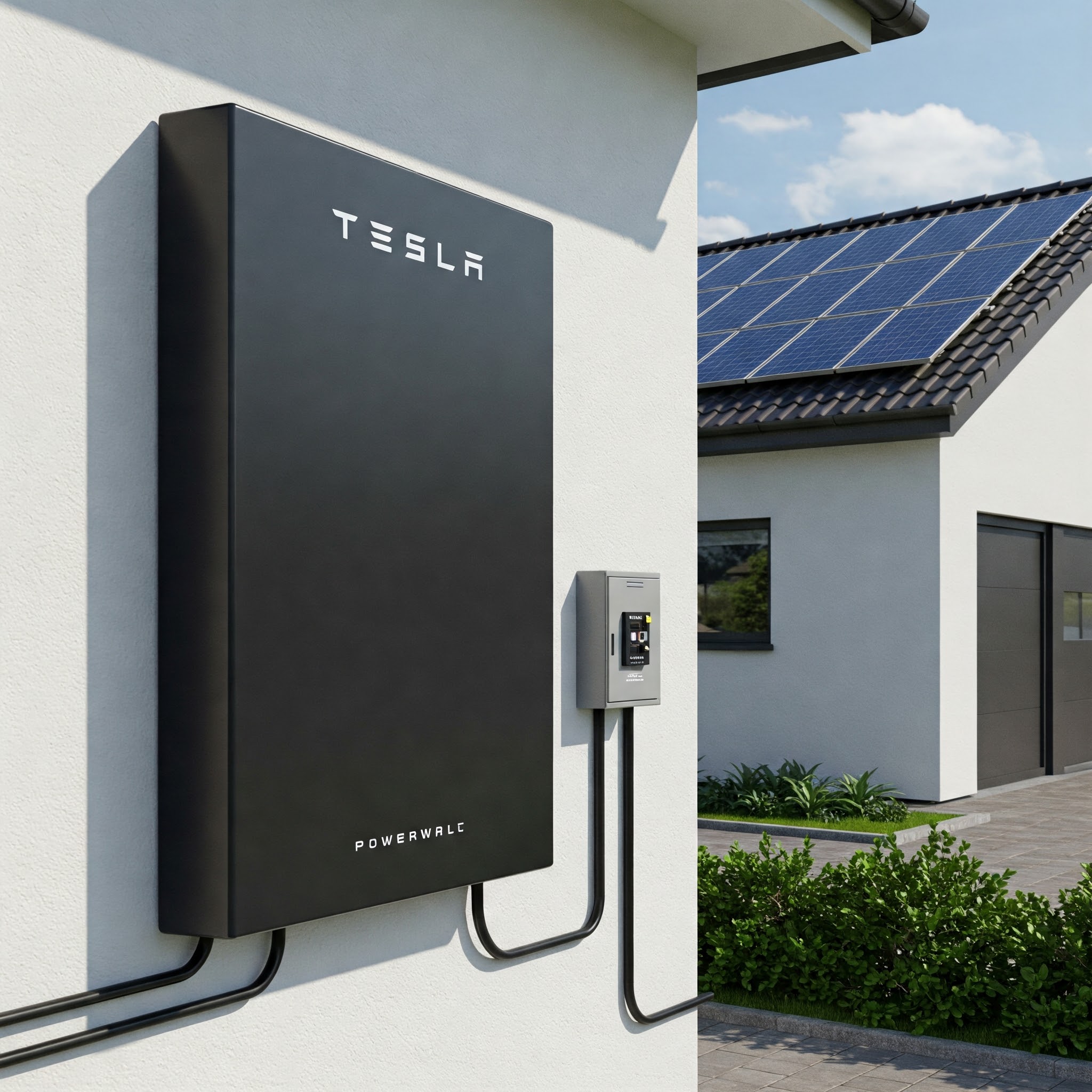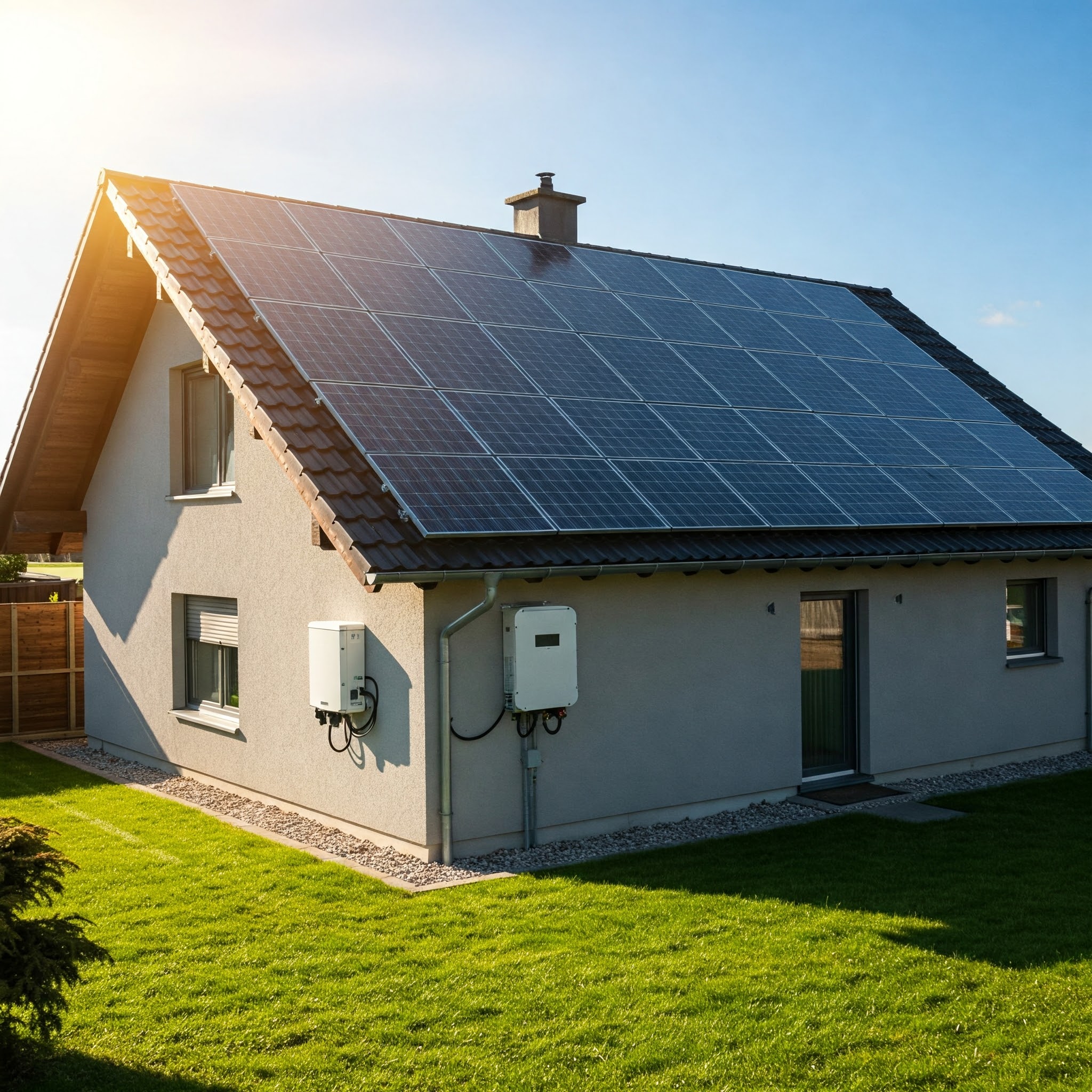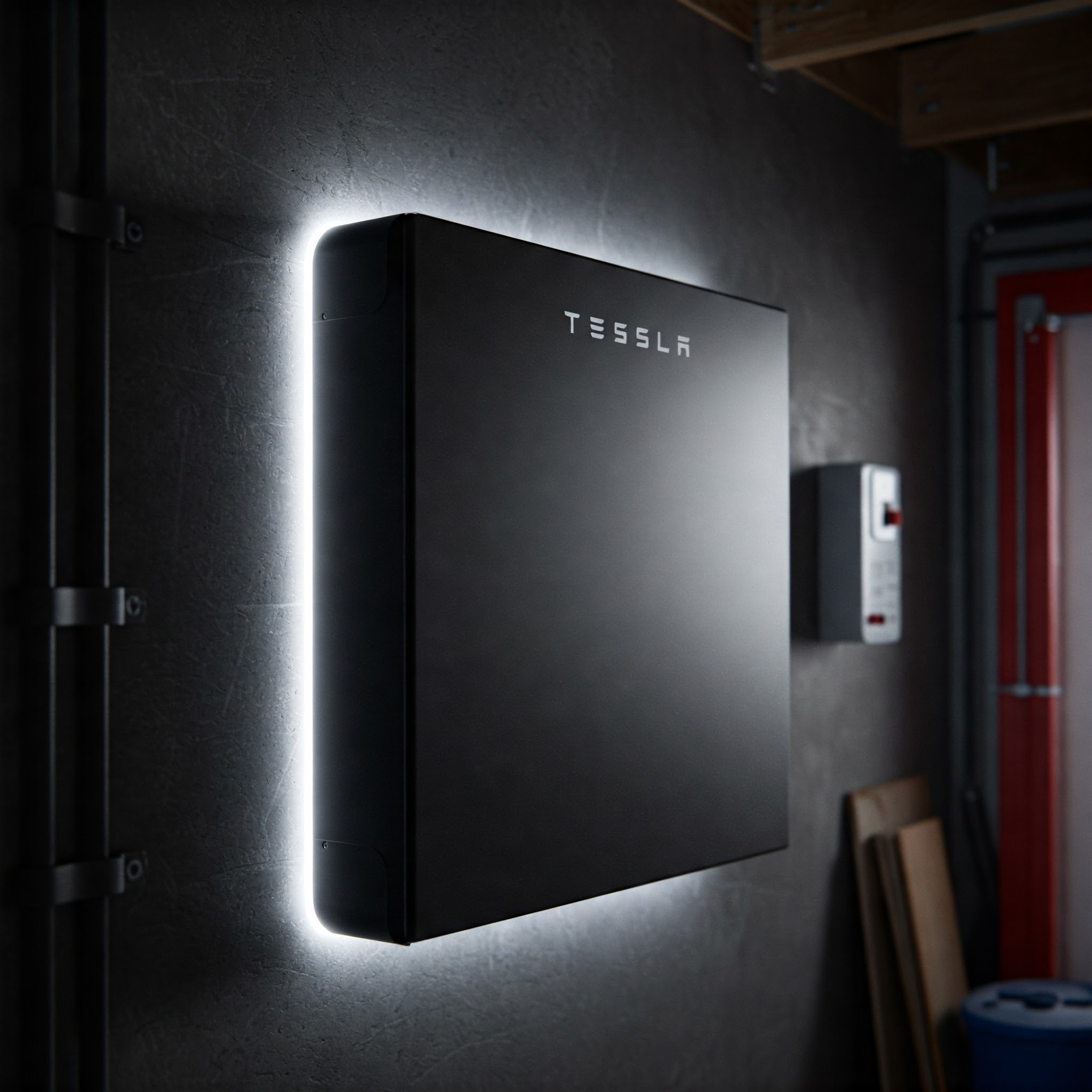Seeing a cryptic code on your LG washing machine’s display can be alarming. While these codes indicate a problem, they also provide valuable clues about what’s going wrong. Understanding what these common LG washer error codes mean is the first step to getting your laundry back on track.
This guide will walk you through some of the most frequently encountered error codes on LG washers, explain their likely causes, and help you determine if it’s a simple fix you can do yourself or if it’s time to contact a qualified appliance repair professional.
Keywords: LG washer error codes, LG washing machine troubleshooting, washing machine error meaning, LG washer repair, washer not draining error, washer unbalanced error, LG washer not filling error, washer door error, LG appliance repair.
Don’t Panic! Understanding Your LG Washer’s Signals
LG washers use a system of two-letter codes (sometimes followed by numbers) to communicate issues. Here are some you might encounter:
- OE (Water Outlet Error): This is a common one, indicating your washer isn’t draining properly.
- What it means: The water isn’t leaving the drum at the expected rate.
- Possible Causes: A clogged drain hose or pump filter, a kinked drain hose, or a malfunctioning drain pump.
- Troubleshooting: Check the drain hose for kinks and clear any visible blockages. Locate and clean the drain pump filter (consult your manual for the exact location – be ready for some water!).
- UE or UB (Unbalanced Error): Your washer is shaking or vibrating excessively during the spin cycle.
- What it means: The laundry load is unevenly distributed, preventing the drum from spinning smoothly or at high speed.
- Possible Causes: Washing a single bulky item, washing a mix of very heavy and very light items together, or simply clothes getting bunched up on one side.
- Troubleshooting: Pause the cycle, open the door, and manually redistribute the clothes evenly around the drum. For bulky items, try washing them with a few other similar items to help balance the load. Ensure the washer is level on the floor.
- IE (Inlet Error): The washer isn’t filling with water correctly.
- What it means: The machine isn’t detecting the proper water level within a certain timeframe.
- Possible Causes: Water supply taps are off or not fully open, kinked or blocked inlet hoses, clogged inlet filters, or low water pressure.
- Troubleshooting: Check that both hot and cold water taps are fully open. Inspect the inlet hoses for kinks. Turn off the water supply and disconnect the hoses at the back of the washer to check the small filters inside the water inlet valves for clogs.
- dE, dE1, or dE2 (Door Error): The washer’s door is not detected as closed and locked.
- What it means: The machine believes the door is open or the locking mechanism isn’t engaging properly.
- Possible Causes: The door isn’t firmly closed, laundry is caught in the door seal, or the door latch/switch assembly is faulty.
- Troubleshooting: Open and firmly close the washer door, ensuring no clothes are trapped. Check the door latch for any visible damage or obstructions.
(Note: This is not an exhaustive list of all LG error codes. Always refer to your specific LG washer’s user manual for a complete list and detailed troubleshooting steps for your model.)
Beyond the Codes: Other Common LG Washer Issues
Even without an error code, you might encounter other problems:
- Washer Won’t Start: This could be a power issue (check the plug and circuit breaker), or the control panel might be locked (look for a “Control Lock” or “Child Lock” indicator and refer to your manual to unlock it).
- Excessive Noise or Vibration (without UE code): While UE specifically relates to load imbalance, other noises could be due to foreign objects in the drum or pump, or issues with leveling or internal components like bearings or suspension.
- Water Leaking: Check hose connections for tightness. A leak from the door could be a damaged door seal or excessive suds (use only HE detergent and the correct amount).
When Troubleshooting Isn’t Enough: Time to Call a Professional
While some error codes and issues have straightforward fixes, others indicate more complex internal problems that require expert attention. You should contact a qualified appliance repair technician if:
- The error code persists after following the troubleshooting steps in your user manual and this guide.
- You observe signs of electrical problems, such as burning smells or tripping breakers that aren’t easily reset.
- The issue seems related to internal components like the motor, pump, or control board.
- You are uncomfortable performing the troubleshooting steps yourself, especially those involving accessing internal parts or dealing with water.
Attempting repairs beyond your skill level can lead to further damage, void your warranty, and pose safety risks.
Don’t let a persistent error code or a stubborn problem keep your LG washer out of commission. Knowing when to seek professional help ensures a safe and effective repair, getting your appliance back to optimal performance.




